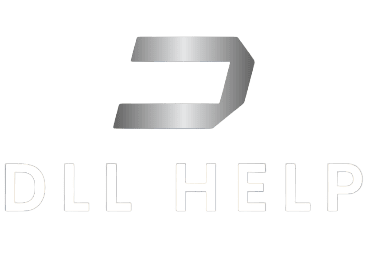Technical Article: Understanding ep0nb01a.dll
1. Core Functionality and Role
The ‘ep0nb01a.dll’ file is a dynamic-link library that plays a crucial role in the functionality of various software applications and operating systems. This file contains a collection of functions and procedures that can be utilized by other executable files. It is often used to perform specific tasks, such as communication with external devices, data processing, or interfacing with system components.
The significance of ‘ep0nb01a.dll’ lies in its ability to provide a standardized way for applications to call upon specific functions without the need to implement those functions themselves. This promotes code reusability and reduces redundancy in software development. Additionally, ‘ep0nb01a.dll’ may contain resources and settings that applications depend on for proper operation.
2. Core Functionalities and Integration Aspects
Common functionalities of ‘ep0nb01a.dll’ may include handling network communication, managing hardware peripherals, or providing access to system-level resources. As for integration aspects, ‘ep0nb01a.dll’ may need to be compatible with different system architectures and Windows versions. Ensuring compatibility with diverse environments is crucial to maintain the reliability and usability of associated software.
‘ep0nb01a.dll’ should be capable of functioning seamlessly across a variety of system architectures, including 32-bit (x32) and 64-bit (x64) systems. It must also exhibit compatibility with different Windows versions, such as Windows 7, Windows 10, and Windows 11, to ensure consistent performance across a wide range of platforms.
3. Common Issues and Resolutions
Issues related to ‘ep0nb01a.dll’ can include “file not found” errors or compatibility problems with specific system configurations. Users may encounter difficulties locating the ‘ep0nb01a.dll’ file on their systems. The path for the ‘ep0nb01a.dll’ file can vary between different Windows versions. For example, on Windows 7, the default location may be “C:WindowsSystem32”, whereas on Windows 10 and 11, it could be “C:WindowsSystem32drivers”.
Resolving these issues may involve downloading a valid version of the ‘ep0nb01a.dll’ file from a reputable source and ensuring its compatibility with the user’s system architecture and Windows version. Troubleshooting steps may include verifying the integrity of the file, checking for system updates, and restoring the file from backup if available.
4. Managing ep0nb01a.dll Effectively
Effectively managing ‘ep0nb01a.dll’ involves prioritizing system compatibility and utilizing reliable sources for file downloads. It is essential to keep the file updated and to regularly perform system maintenance to prevent potential issues related to ‘ep0nb01a.dll’. Users should exercise caution when obtaining ‘ep0nb01a.dll’ from external sources and ensure the authenticity and integrity of the file before implementation.
In conclusion, understanding the core functionality, integration aspects, common issues, and management considerations related to ‘ep0nb01a.dll’ is essential for maintaining the stability and performance of associated software and operating systems.
Download EP0NB01A.DLL for free
- Size: 287.00 KB
